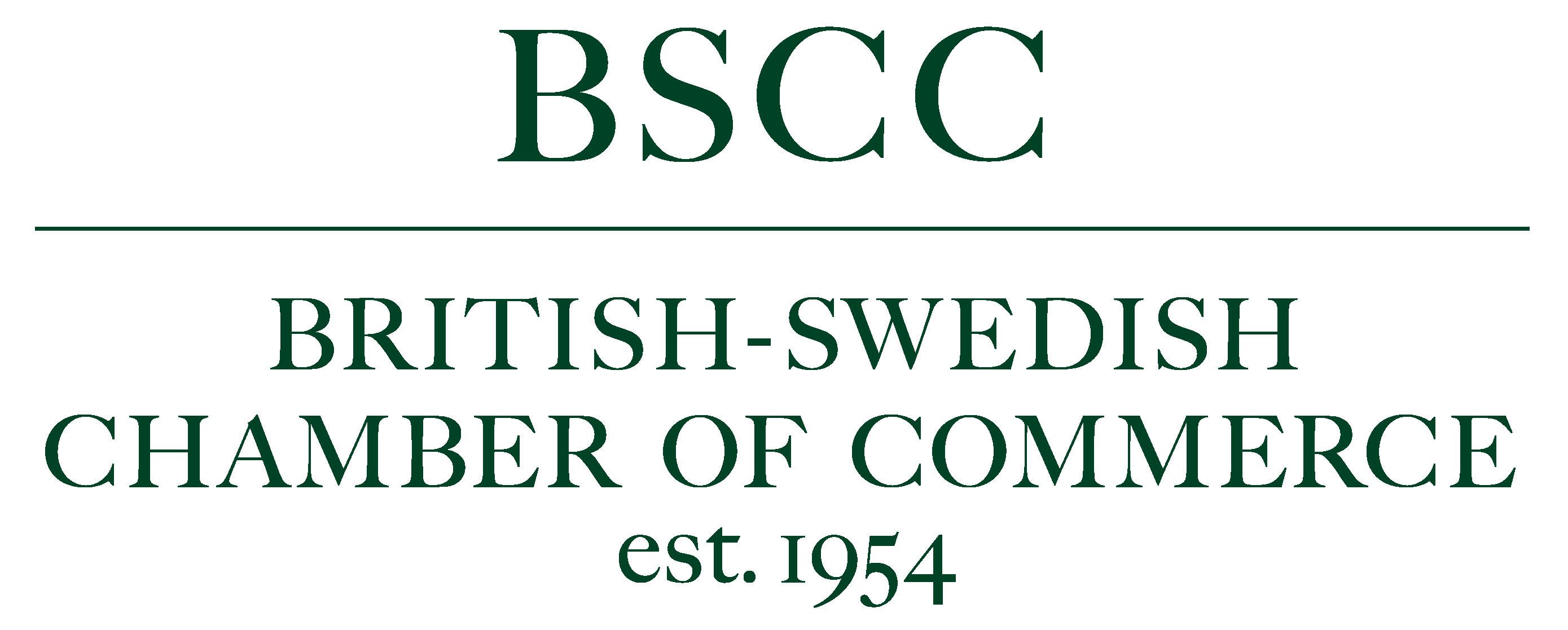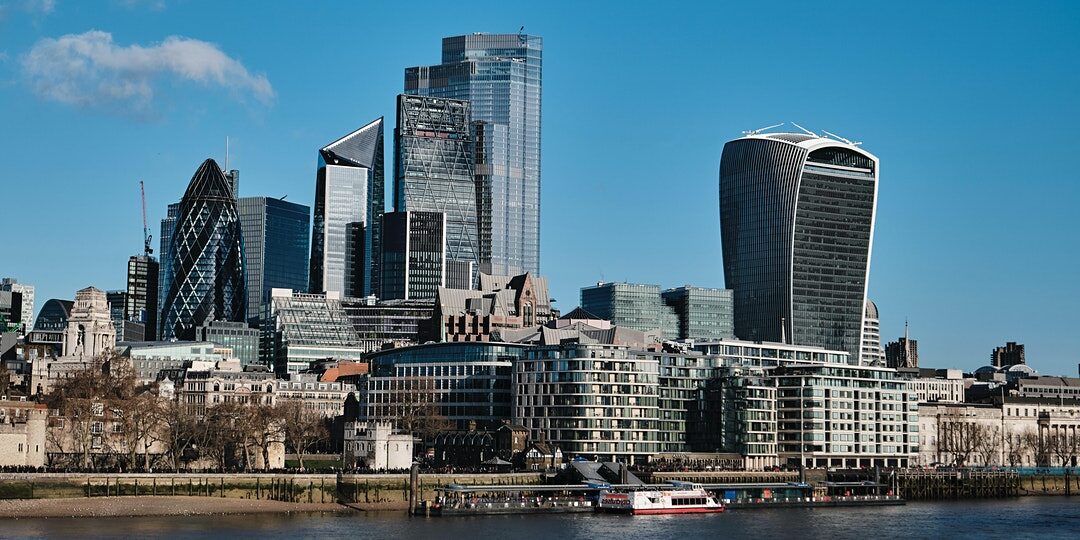7. Weekly Newsletter
Vaccine Roll-out and Lockdown End Date
On the 11th of January the UK’s Health Secretary, Hancock, stated that the country was “on track” to vaccinate 15m people by the 15th of February. On Sunday this target was beaten after 10 weeks since vaccinations first began with PM Johnson declaring this “a significant milestone in the United Kingdom’s national vaccination programme”. The figure represents around 19% of the national population and is one of the fastest rollouts in the world. However, the strategy the UK has taken is to maximise the number of people receiving one vaccine, instead of the required two, at this early stage which has opened up some questions around the resultant efficacy of the administered vaccines.
The latest COVID figures show just over 4m people have now contracted the virus but the current rate of transmission is now halving each fortnight. The rapid reduction in the death rate is performing similarly but the total reported casualties equal almost 120,000. On the 22nd of February, PM Johnson will lay out a lockdown exit ‘road map’ and there is substantial pressure, from within his own party, for all restrictions to be removed by the end of May.
British Oil Industry and Freight Flows
Europe’s two largest companies by turnover, Royal Dutch Shell PLC and BP PLC, are both based in the UK but are also located in an industry which is becoming increasingly challenging. The UK Government is targeting a 68% reduction in emissions (compared to 1990 levels) by 2030 and wants carbon neutrality by 2050. BP recently launched a $1.1bn offshore windfarm in the U.S. and is now set to invest £924m into two wind energy production sites in the UK. The move illustrates a part of BP’s $5bn a year spending program for ‘low-carbon investments’. Shell will be taking similar measures and are committing to spending $100m per year on natural solutions.
Overall freight flows between the UK and Calais are now measuring up to figures seen last year with outbound traffic equalling 98% of the volume seen during February last year. Furthermore, inbound traffic is now at 99% of last year despite previous stockpiling and economic contractions on both sides of the border. A government official revealed they were “pleased that overall flows are back to normal”; large manufacturers, in particular, are now gaining advantages through new systems developed to prepare loads for border crossings before leaving the premises.
UK Q4 Growth
The UK’s Q4 GDP figures were released last week and confirmed that the country had managed to avoid a double dip recession. The results were ‘firmer’ than expected and displayed growth of 1.0% but a 9.9% contraction for the whole year. This represented the worst annual performance since 1709 and the greatest slump during 2020 out of all G7 nations.
AXA have now forecasted that Q1, in 2021, will see another contraction of 3.5% but expect that this will be followed by “two successively strong quarters” of growth. Their annual forecasts for 2021 predict 4.6% growth and then an increase of 7.5% in 2022. These trends fall broadly in line with similar predictions made by our BSCC Patrons during recent webinars.





